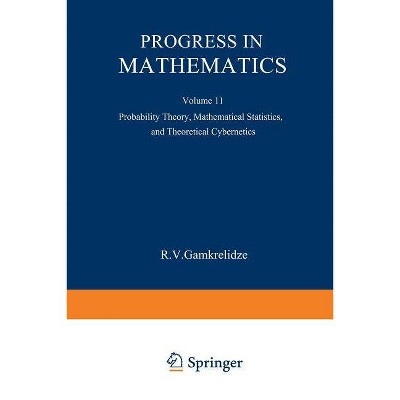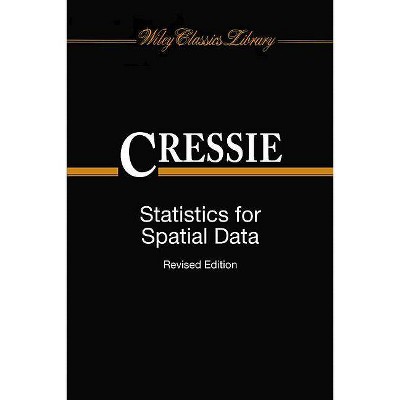The Theory of Jacobi Forms - (Progress in Mathematics) by Martin Eichler & Don Zagier (Paperback)

Similar Products
Products of same category from the store
AllProduct info
<p/><br></br><p><b> Book Synopsis </b></p></br></br>The functions studied in this monogra9h are a cross between elliptic functions and modular forms in one variable. Specifically, we define a Jacobi form on SL ( ) to be a holomorphic function 2 (JC = upper half-plane) satisfying the t\-10 transformation eouations 2Tiimcz- k CT +d a-r +b z ) (1) ( (cT+d) e cp(T, z) cp CT +d ' CT +d (2) rjl(T, z+h+]l) and having a Four-ier expansion of the form 00 e2Tii(nT +rz) (3) cp(T, z) 2: c(n, r) 2:: rE n=O 2 r 4nm Here k and m are natural numbers, called the weight and index of rp, respectively. Note that th e function cp (T, 0) is an ordinary modular formofweight k, whileforfixed T thefunction z-+rjl(-r, z) isa function of the type normally used to embed the elliptic curve / T + into a projective space. If m= 0, then cp is independent of z and the definition reduces to the usual notion of modular forms in one variable. We give three other examples of situations where functions satisfying (1)-(3) arise classically: 1. Theta series. Let Q: -+ be a positive definite integer valued quadratic form and B the associated bilinear form.
Price History
Price Archive shows prices from various stores, lets you see history and find the cheapest. There is no actual sale on the website. For all support, inquiry and suggestion messagescommunication@pricearchive.us




















